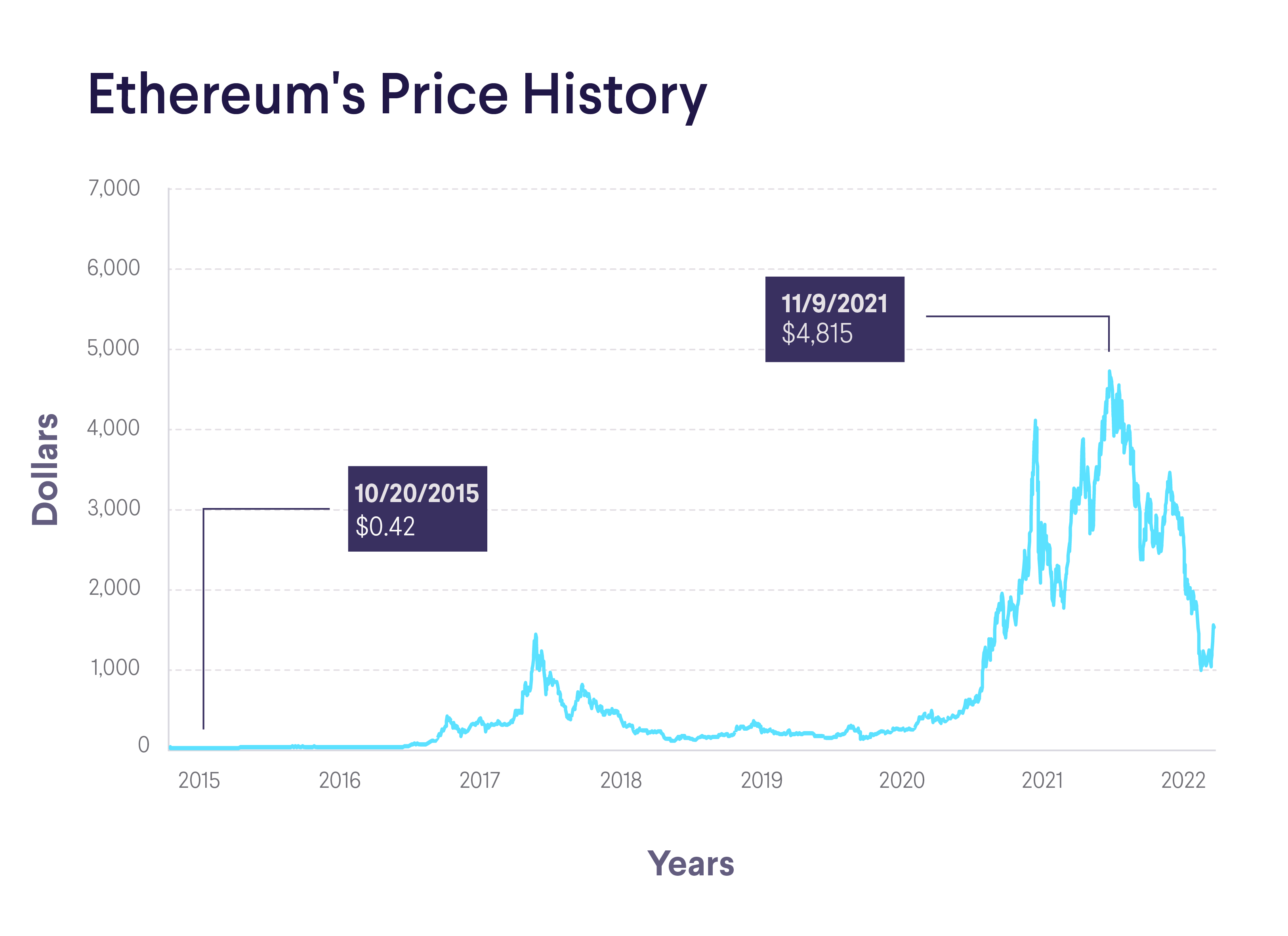Which Debt to Pay Off First: Student Loan or Credit Card
It’s a common dilemma: Should you pay off credit cards or student loans first? The answer isn’t totally cut and dried. But if your credit card interest rates are higher than your student loan interest rates, paying down credit cards first will probably save you more money in interest.
But don’t stop there. Keep reading to learn how to calculate what’s best for your situation, and why. Along the way, you’ll learn more about how credit cards work, the complexities of student loans, and two very different strategies for paying down debt.
Prioritizing Your Debts
Experts are split over the best debt to pay off first. Some recommend you tackle the smallest balance first because of the psychological boost that comes from erasing a debt entirely.
However, from a purely financial standpoint, you’re better off paying off the debt that carries the highest interest rate first. That’s because the higher the interest rate, and the longer you hold the debt, the more you end up paying overall. This usually means tackling high-interest credit card debt first.
Keep in mind that prioritizing one debt over another does not mean that you stop paying the less urgent bill. It’s important to stay on top of all debts, making at least minimum monthly payment on each.
Failing to make bill payments can hurt your credit score, which can have all sorts of effects down the road. For example, a poor credit score can make it difficult to secure new loans at low rates when you want to buy a new car or home, or to take out a business loan.
You might consider setting up automatic payments on your loans. Automatic payments can make it easier to pay bills on time and juggle multiple payments.
If you’re having trouble making your monthly payments, consider strategies to make your payments more manageable, such as refinancing.
Student Loan vs Credit Card Debt
Before we get into if it’s better to pay off credit cards or student loans first, let’s look at how each debt is structured.
Student Loan Debt
A student loan is a type of installment loan used to pay for tuition and related schooling expenses for undergraduate or postgraduate study. Borrowers receive a lump sum, which they agree to pay back with interest in regular installments, usually monthly, over a predetermined period of time. In this way, student loans are similar to other installment loans such as mortgages, car loans, and personal loans.
At a high level, there are two types of student loans: federal and private. The U.S. government is the single largest source of student loans. Federal student loans have low fixed interest rates: Current rates are 4.99% for undergrad loans, and 7.44% for graduate and professional loans. These loans come with protections like income-driven repayment plans, deferment and forbearance, and loan forgiveness.
Private student loans are managed by banks, credit unions, and online lenders. They may have a fixed or variable interest rate, which is tied to the borrower’s credit score and income. Average interest rates range from 3.22% to 13.95% for a fixed rate, and from 1.29% to 12.99% for variable.
Private student loans don’t come with the same protections as federal student loans. For instance, they are not eligible for President Biden’s loan forgiveness plan.
Payback timelines vary widely. As with other loans, the longer your repayment timeline, the lower your monthly payment will be — but you’ll pay more in interest over the life of the loan. The shorter your repayment period, the larger your monthly payment, and the less interest you’ll pay.
Recommended: Types of Federal Student Loans
Credit Card Debt
Credit cards offer a type of revolving credit, where account holders can borrow money as needed up to a set maximum. You can either pay off the balance in full or make minimum monthly payments on the account. Any remaining balance accrues interest.
Credit cards usually come with higher interest rates than installment loans. The average credit card interest rate in September 2022 was 21.59%. But an individual credit card holder’s rate depends on their credit score. People with Excellent credit will pay an average of 18.04%, while those with Bad credit will pay closer to 25.14%.
Depending how the account is managed, credit card debt can be either very expensive or essentially free. If you always pay off credit cards in full each month, no interest usually accrues. However, if you make only minimum payments, your debt can spiral upward.
Recommended: Taking Out a Personal Loan to Pay Off Credit Card Debt
Should I Pay Off Credit Card or Student Loan First?
When it comes to student loan vs credit card debt, there’s no universal answer that fits everyone in every situation. A number of factors can tip the scales one way or another, especially the interest rates on your loan and credit card.
We’ll explore two scenarios: one in which paying off credit cards is the best move, and another where student loans get priority.
The Case for Paying Down Credit Cards First
If you are carrying high-interest credit card debt, you’ll likely want to focus on paying off credit cards first. As you saw above, the average credit card interest rate (21.59%) is significantly higher than the maximum student loan interest rate (13.95%). Even if your credit card interest rate is lower than average, it’s unlikely to be much lower than your student loan’s rate.
Credit card debt can add up quickly, and the higher the interest rate, the faster your debt can accumulate. Making minimum payments still means you’re accruing interest on your balance. And as that interest compounds (as you pay interest on your interest), your balance can get more difficult to pay off.
A high balance can also hurt your credit score, which is partially determined by how much outstanding debt you owe.
Paying Off Credit Card Debt
Once you decide to focus on paying off credit cards first, start by finding extra funds to send to the cause. Look for places in your budget where you can cut costs, and direct any savings to paying down your cards. Also consider earmarking bonuses, tax refunds, and gifts of cash for your credit card payment.
Next, make a list of your credit card balances in order of highest interest rate to lowest. The Debt Avalanche method refers to paying off the credit card with the highest interest rate first, then taking on the credit card with the next highest rate.
It bears repeating that focusing on one debt doesn’t mean you put off the others. Don’t forget to make minimum payments on your other cards while you put extra effort into one individual card.
You may also choose to use a Debt Snowball strategy. When using this method, order your credit cards from smallest to largest balance. Pay off the card with the smallest balance first. Once you do, move on to the card with the next smallest balance, adding the payment from the card you paid off to the payment you’re already making on that card.
The idea here is that, like a snowball rolling down a hill gets bigger and faster as it rolls, the momentum of paying off debt in this way can help you stay motivated and pay it off quicker.
Managing Your Student Loans
Meanwhile, it’s important that you continue making regular student loan payments while you’re prioritizing your credit card debt. For one thing, you shouldn’t just stop paying your student loans. If you do, federal student loans go into default after 270 days (about 9 months). From there, your loans can go to a collections agency, which may charge you fees for recouping your debt. The government can also garnish your wages or your tax return.
You can, however, typically adjust your student loan repayment plan to make monthly payments more manageable. If you have federal loans, consider an income-driven repayment plan, which bases your monthly payment on your discretionary income.
While this may reduce your monthly student loan payments, it extends your loan term to 20 to 25 years. That can end up costing you more in interest. So make sure the extra interest payments don’t outweigh the benefits of paying down your credit card debt first.
Refinancing Your Student Loans
It can also be a smart idea to refinance student loans. When you refinance a loan or multiple loans, a lender pays off your current loans and provides you with a new one, ideally at a lower rate.
You can use refinancing to serve a couple of purposes. One option is to lower your monthly payment by lengthening the loan term. This can free up some room in your budget, making it easier to stay on top of your monthly payments and redirect money to credit card payments. Just remember that lengthening the loan term can result in you paying more interest over the course of your loan.
Or you can shorten your loan term instead. This can be a good way to kick your student loan repayment into overdrive. Your payments will increase, but you’ll reduce the cost of interest over the life of the loan. In other words, you’re giving equal weight to paying off your student loans and your credit card debt.
When you refinance with SoFi, there are no origination or application fees.
To see how refinancing with SoFi can help you tackle your student loan debt, take advantage of our student loan refinancing calculator.
Take control of your debt by refinancing your student loans. You can get a quote from SoFi in as little as two minutes.
FAQ
Should you pay off your student loans or your credit cards first?
The answer depends on a number of factors, especially the interest rates on your loans and credit cards. But if your credit cards carry high interest rates, you’ll likely save more money in interest by paying off your credit cards before your student loans.
What is the best debt to pay off first?
From a purely financial perspective, it’s best to pay off your highest interest-rate debt first. This is called the Debt Avalanche method. Paying off the most expensive debt (usually credit cards) first will save you the most money in interest.
Is it smart to pay off credit card debt with student loans?
This is probably not a good idea. First of all, paying off credit cards with student loans may violate your student loan agreement, which limits the use of funds to tuition and related expenses. If you use a credit card exclusively for educational expenses like textbooks and computers, you might be able to use loan funds to pay it off. However, you should check your loan agreement carefully to make sure this is allowed.
SoFi Loan Products
SoFi loans are originated by SoFi Bank, N.A., NMLS #696891 (Member FDIC). For additional product-specific legal and licensing information, see SoFi.com/legal. Equal Housing Lender.
SoFi Student Loan Refinance
If you are a federal student loan borrower, you should consider all of your repayment opportunities including the opportunity to refinance your student loan debt at a lower APR or to extend your term to achieve a lower monthly payment. Please note that once you refinance federal student loans you will no longer be eligible for current or future flexible payment options available to federal loan borrowers, including but not limited to income-based repayment plans or extended repayment plans.
Financial Tips & Strategies: The tips provided on this website are of a general nature and do not take into account your specific objectives, financial situation, and needs. You should always consider their appropriateness given your own circumstances.
SOSL0922126 Read more





